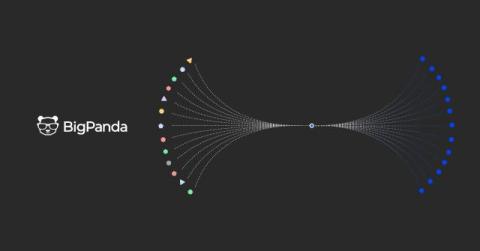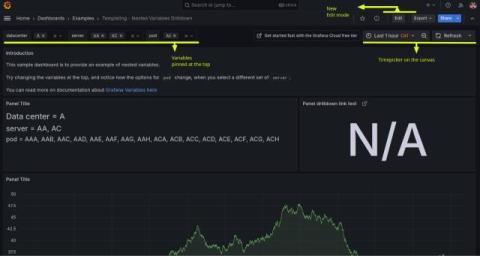How to normalize data for incident management
Handling IT alert data can feel like you’re drowning in information. The average BigPanda customer uses more than 20 observability and monitoring tools. Between system logs and user reports, an overwhelming amount of information is coming from all directions. That’s why normalizing data is such a critical part of IT operations. Data normalization in IT incident management involves putting data from various tools into a standard format.











